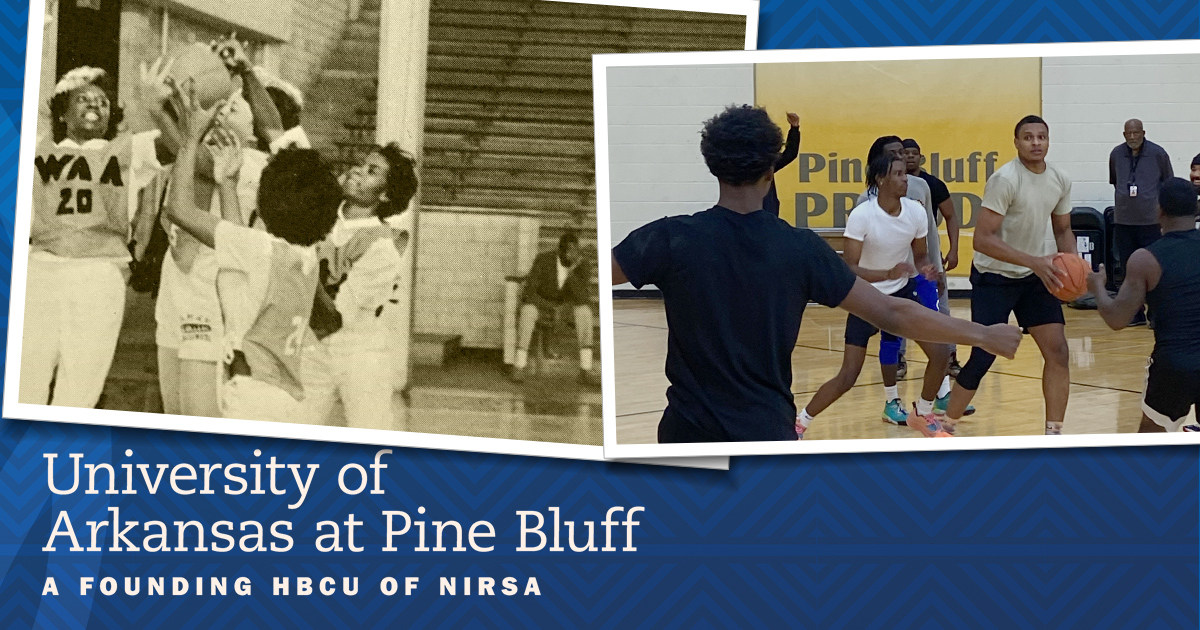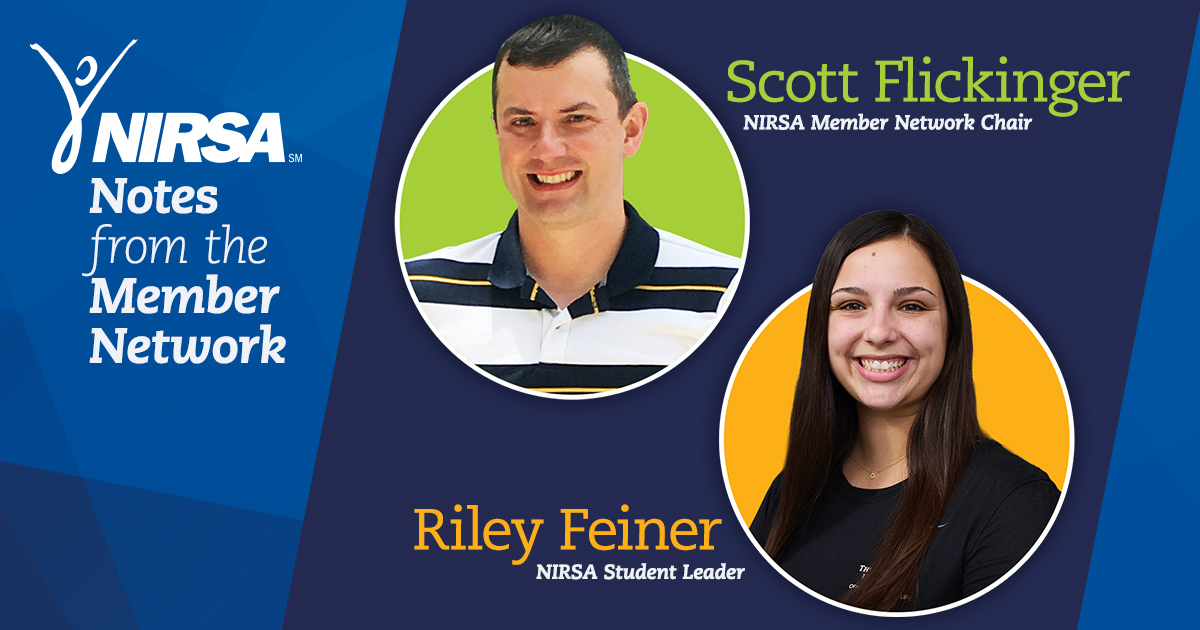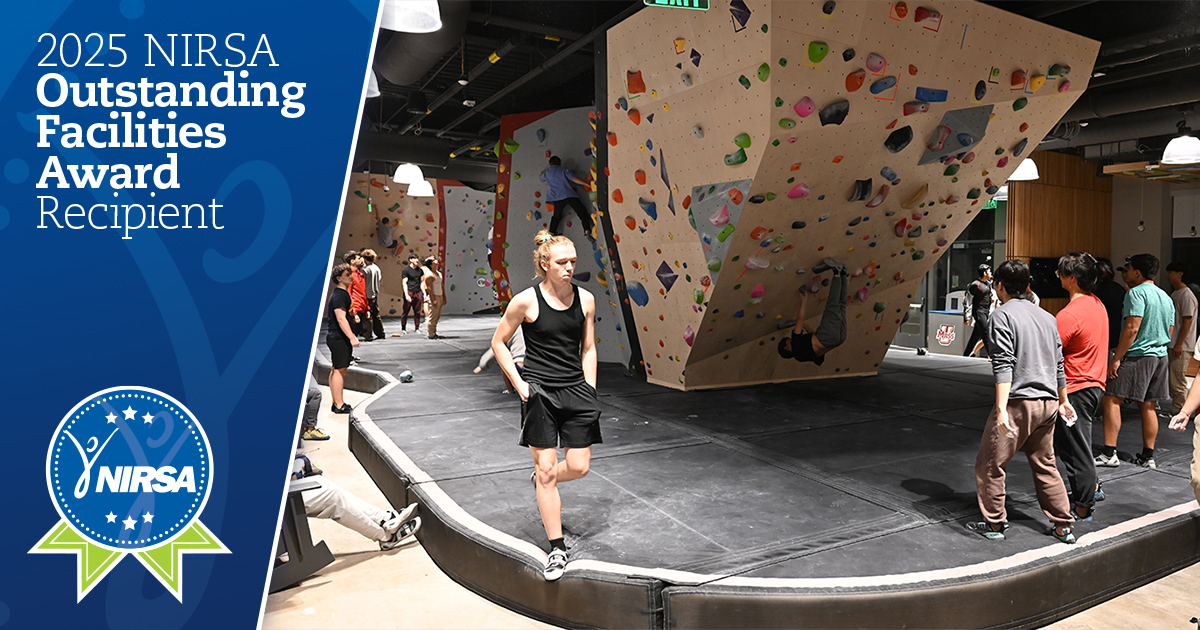Founded in 1873, the University of Arkansas at Pine Bluff (UAPB) is part of the University of Arkansas system and is the second oldest public institution of higher learning in the state. Located on the northern edge of the city of Pine Bluff—not quite 50 miles to the south and slightly east of Little Rock—the 318-acre main campus of UAPB serves a diverse student body of over 2,600 graduate and undergraduate students. The University offers 30 baccalaureate, 8 master’s, and one PhD degree across a broad spectrum of subject areas.
About Counseling and Student Wellness
UAPB’s department of Counseling and Student Wellness is housed within the Division of Student Affairs. In the fall of 2022, the university has combined the areas of Counseling, Student Health Services, and the Fitness Center under one department in an effort to provide a new, holistic approach to improving the overall health and wellness of its students, faculty, staff.

In December of 2022, UAPB broke ground on a new 62,000 sq. ft. Student Engagement Center that “will become a hub for campus and community health education and engagement and student health and wellness, assessment, and counseling.”
Among other amenities and services, the completed Student Engagement Center will house:
- Student Health Services and Counseling Center
- Wellness Center with an indoor walking/running track
- 4-lane bowling alley
- Recreation area with pool tables, ping pong, and gaming tables
- 1,200-seat theater
- Student Success Center
- Career Services
- Open use multipurpose and conference rooms

According to the University’s Chancellor, the Student Engagement Center will consolidate community health information with comprehensive health and wellness services for students.
Celebrating NIRSA’s founders
From the time two state schools in the Midwest devoted spaces and resources to campus recreation, a century of ever-growing commitment to programming, participation, inclusion, and outside-of-the-classroom learning has prevailed for students and faculty in higher education.
As more and more campuses began to offer recreational sports, these programs caught the attention of scholars who were interested in their positive effects on campus culture and students’ quality of life.
Dr. William Wasson was one such scholar, who discovered the value of intramurals studying Physical Education under Elmer Mitchell at the University of Michigan in 1946. He went on to develop his own intramural program at Dillard University, and in 1948 commenced a study, with funding from the Carnegie Foundation, titled “A Comparative Study of Intramural Programs in Negro Colleges.”

The results of his study were shared with the institutions that participated in his research. The discussion culminated in an Intramural Summit at Dillard on February 22, 1950, where the 20 intramural directors gathered there, representing 11 Historically Black Colleges & Universities, formed the National Intramural Association. The NIA was the first organization of its kind, bringing intramural program leaders to share skills and wisdom to advance the good work of their profession. Through Alvin M. Brown, the University of Arkansas at Pine Bluff—then known as Arkansas A&M College—was one of the 11 schools represented at NIRSA’s founding.
Alvin Montreo “Boo” Brown was elected at that first NIA conference as the first treasurer of the Association and maintained this position from 1950-1956.
Alvin was a star athlete at Morgan State University, where he captained the 1944-45 football teams, and the 1943-44 basketball teams; he is a member of the Morgan State Bears Hall of Fame. He coached for ten years holding appointments at Winston Salem State College, Arkansas A&M College, and Morgan State College. After, he served a long career as a physician and as Professor of Physical Medicine and Rehabilitation, holding appointments at several prestigious hospitals and volunteering for several organizations before passing away on September 26, 2010.

Most NIRSA members know that this association owes much to the HBCUs that have been part of the Association since its inception. But many may not know that NIRSA has a dedicated HBCU Coalition committed to providing resources and avenues for networking for today’s crop of HBCU leaders in collegiate recreation.
- For more information about [institution name and department], contact Dean of Student Involvement & Leadership, Frank D. Dorsey, II, LPC-S by email at dorseyf@uapb.edu. For more information about the NIRSA HBCU Coalition, contact any of the members serving on this volunteer leadership group.







